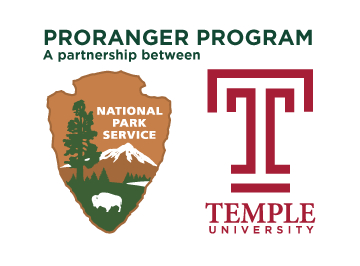Discovering
Tuesday I spent with an Managerial Archeologist named Dwayne. In the morning, he showed me photos of archeological sites in Historical Jamestown Island and introduced me to the challenge of erosion that Colonial Historical National Park is facing. Succeeding the lesson, I gained a deeper understand of global warming and it’s direct impact on Jamestown Island. Water tends to expand when it warms. Subsequently as the sun is warming the Earth, the water levels begin to rise because it takes up more space in volumes. During the afternoon, we took a ride westbound to Jamestown Island to see some of the behind the scene archeological excavation on the “Angela” Exhibit. “Angela” was one of the first documented African slaves to come to America from Angola in 1619. The reason why I put the name “Angela” in abbreviations is because Angela was not her real name, but was the name that her slave master assigned to her.
Preserving
On Thursday, I was fortunate enough to see the other side of archeological work: Preservation. After an artifact is discovered, time effort and money is poured into the object in goals to preserve the item for as long as possible. I helped an archivist begin inventory of the thousands of artifacts discovered in Jamestown, Yorktown and Williamsburg. Some of the artifacts were used in the Revolutionary War. Unfortunately I was unable to take pictures of these artifacts because they are protected from the public, unless on display.
French Cannon Used in the Revolutionary War, NPS Warehouse
Washed-Up Phosphate Can
On my last day of Week 2, Ranger Bussell and I received a call about a phosphorus can that washed up on a shorelin. Turns out it was a hazardous can of red phosphorus (used as SOS flares in Naval vessels.) I was adventurous enough to get close for a picture. This investigation involved the Navy Bomb Squad, Fire Marshall, and the National Park Service.
Phosphate Naval Vessel, Naval Weapons Station



















